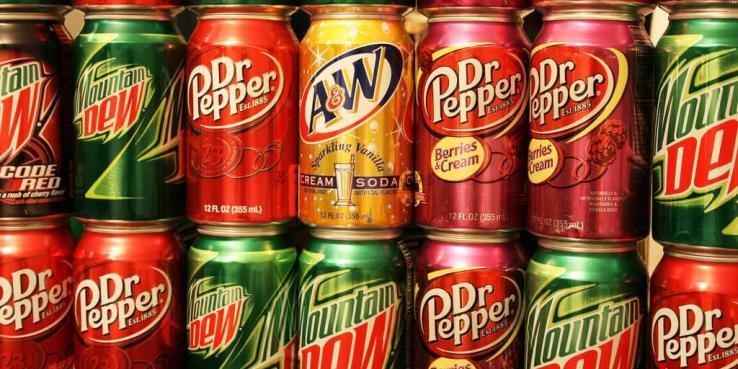San Francisco began collecting its soda tax at the start of 2018. As revenue begins coming into the city’s treasury, the question now facing the mayor and Board of Supervisors is: How to best spend this newly available money?
When San Francisco voters approved a penny-per-ounce tax on sugary drinks in 2016, there were two main selling points of the campaign. First, the tax would improve public health by reducing consumption of soda and other sugar-sweetened beverages which are linked to diet-related disease such as diabetes. Initial research indicates that consumption has indeed gone down in the places where the earliest taxes were passed, though long-term impact results are still pending.
The second main selling point was that the new revenue generated by the tax would be reinvested into initiatives that would further promote public health, especially in the low-income communities and communities of color that face the highest burdens of diet-related disease. The main mechanism for directing that new revenue was a sixteen member Sugary Drink Distributor Tax Advisory Committee (SDDTAC), created in the same ordinance establishing the tax, with members appointed by Supervisors, the school district, and various city agencies.
The city administrator’s office convened the committee for the first time in late December, three months after appointments were supposed have to been made. Despite the late start, the committee did a tremendous amount of work in a small amount of time before their March deadline for producing a report, including five public meetings with dozens of members of the public submitting comments in person and in writing, as well as numerous other subcommittee meetings. Through that process, the committee developed recommendations for how the unallocated portion of the soda tax revenue – approximately $10.4 million for July 2018 – June 2019 – should be spent.
The core of their recommendations are summarized in the table below, and explained in more detail in the full report.
| Item | Amount | Funding (%) | Department* | Notes |
| Community-Based Grants | $4,680,000 | 45 | DPH/CHEP | 7% school based |
| School Food, Nutrition Education | $1,000,000 | 15 | SFUSD |
|
| Student Led Action | $500,000 | SFUSD | ||
| Food Access | $1,000,000 | 9.6 | DPH |
|
| Healthy Retail SF | $150,000 | 1.4 | OEWD |
|
| Oral Health | $1,000,000 | 10 | DPH | 5.5% school-based |
| Infrastructure | $1,000,000 | 10 | DPH/CHEP |
|
| Water Access - SFUSD | $300,000 | 4 | SFUSD | 3% school-based. This is a one-year allocation.
|
| Water Access - Public Spaces | $150,000 | PUC/DPH | ||
| SF Recreation & Parks | $520,000 | 5 | RPD |
|
| Total | $10,400,000 | 100 |
|
|
*DPH/CHEP is Department of Public Health, Community Health Equity and Promotion; SUFSD is the San Francisco Unified School District; OEWD is Office of Economic and Workforce Development; PUC is Public Utilities Commission; RPD is Recreation and Parks Department.
SPUR, along with a coalition of other organizations, supports these recommendations. We are especially supportive because the advisory committee can serve as a body that can track the impact of the funds and provide a high level of scrutiny and accountability for how the money is spent. If their recommendations are ignored, the ability to conduct that oversight will be undermined, which will then erode trust that the city is implementing the tax as the voters intended.
The Mayor will present his proposed budget to the Board of Supervisors on June 1. At that point, it will be clear whether the Mayor has adopted the recommendations or not. SPUR will be tracking this closely and we will post an update after the Mayor’s budget proposal is published.
Read the San Francisco Sugary Drink Distributors Tax Advisory Committee March 2018 Report >>
Read the coalition letter to Mayor Farrell in support of the SDDTAC recommendations >>
